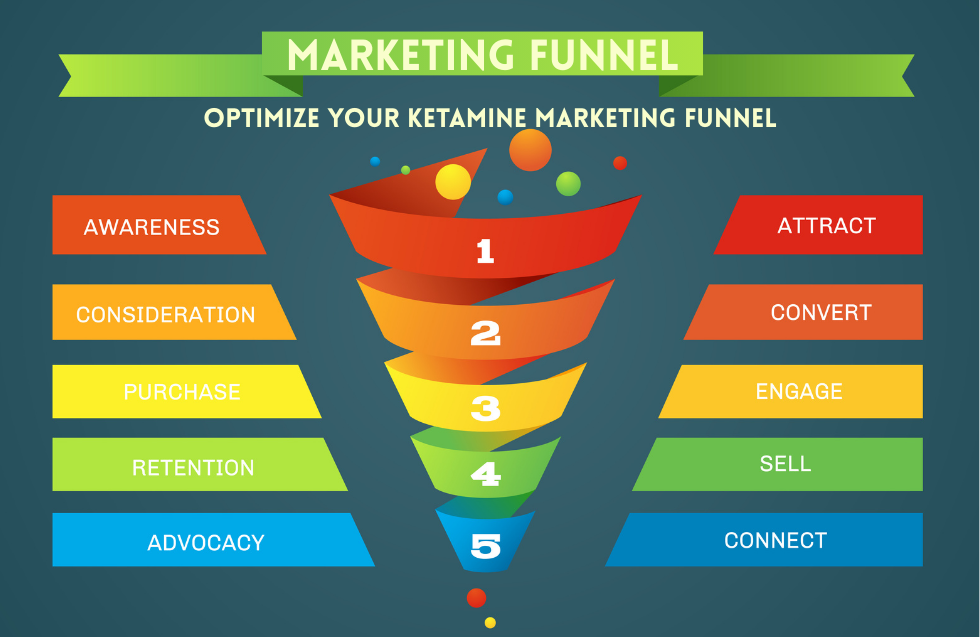In the ever-evolving business world, the concept of diversification can be both an opportunity and a risk. Business leaders often ponder when to expand into new markets, add new product lines, or explore entirely different business domains. Diversification, when timed right, can propel a business to new heights by opening new revenue streams, spreading risks, and enhancing long-term sustainability. But when executed poorly, it can overstretch resources, dilute focus, and even jeopardize the core business. This article will explore key indicators that signal the right time to diversify, the types of diversification strategies available, and examples of successful and unsuccessful diversification efforts.
Why Consider Diversification?
Before diving into the timing of diversification, it’s crucial to understand why businesses consider it in the first place. Diversification offers several potential advantages:
- Risk Reduction: By having multiple revenue sources, businesses can reduce dependency on a single market, product, or customer segment.
- Growth Opportunities: Expanding into new markets or product lines can unlock significant growth potential.
- Competitive Advantage: Diversification can help a business outpace competitors by offering unique or complementary products and services.
- Revenue Stabilization: In volatile markets, diversification can smoothen revenue streams and protect the business from seasonal or cyclical fluctuations.
- Innovation and Adaptability: Diversification fosters a culture of innovation, pushing a business to adapt and respond to changing market conditions.
However, the timing of diversification is key to reaping these benefits. Diversifying too early can strain resources and cause missteps, while diversifying too late may lead to missed opportunities.
Indicators of the Right Time to Diversify
Determining the ideal timing for diversification is a strategic decision that involves analyzing internal performance, market dynamics, and industry trends. Here are some indicators that may signal a favorable time for diversification:
1. Strong Core Business Performance
A business with a solid foundation and stable profits is in a stronger position to diversify. When the core business is performing well, management can dedicate resources, time, and attention to a new venture without jeopardizing existing operations.
Key Metrics to Consider:
- Consistent revenue growth and profitability over multiple years
- Positive cash flow, allowing for reinvestment in diversification efforts
- Established market presence and brand recognition
Example:
Apple’s decision to diversify from computers into consumer electronics was built on a stable foundation. Its success with computers allowed it to venture into music players, phones, and wearables, significantly expanding its reach and revenue streams.
2. Mature Market Saturation
When a business operates in a mature or saturated market with limited growth potential, diversification can offer an escape from the confines of a stagnant market. By entering a new, less saturated space, the business can tap into new growth areas and avoid plateauing revenues.
Key Indicators of Market Saturation:
- Declining or flat growth rates in the core market
- Increasing competition leading to price wars and reduced profit margins
- Market penetration rate close to maximum potential
Example:
Coca-Cola faced market saturation in the carbonated drinks industry and responded by diversifying into bottled water, juices, and energy drinks. This move helped Coca-Cola capture new customers and adapt to shifting consumer preferences for healthier beverages.
3. Changing Customer Needs and Preferences
If customers’ needs are shifting due to technological advancements, lifestyle changes, or new trends, it may be time to diversify. Diversification in response to customer needs allows businesses to stay relevant and align their offerings with current demands.
Key Customer Trends to Monitor:
- Demand for sustainable or environmentally friendly products
- Increased preference for digital or technology-driven solutions
- New lifestyle or demographic trends, such as aging populations or remote work
Example:
Nike recognized the shift in consumer preferences toward athleisure wear, diversifying from performance-based athletic gear to lifestyle-focused clothing and footwear. This shift enabled Nike to capture a broader audience and become a lifestyle brand.
4. Financial Stability and Resources Availability
Diversification often requires significant investment, whether in R&D, marketing, infrastructure, or personnel. A financially stable company with access to capital, either from internal reserves or external funding, is better equipped to take on the risks of diversification.
Key Financial Considerations:
- Sufficient cash reserves to support the new venture without impacting core operations
- Access to financing options, such as loans, investors, or grants
- Ability to absorb initial losses, as diversification initiatives may take time to become profitable
Example:
Amazon’s entry into the cloud computing industry was backed by the financial strength of its e-commerce business. This stability allowed Amazon to invest heavily in Amazon Web Services (AWS), which has since become a major revenue source and industry leader.
5. Competitive Pressures and Threats
Sometimes, competitive pressure can drive a business to diversify. When competitors encroach on a company’s core market or bring innovative products, diversification can serve as a defensive strategy. By expanding its offerings, the business can maintain its market position and reduce the risk of losing customers.
Key Competitive Indicators:
- Competitors introducing new products or services that threaten the business
- Industry disruptions, such as new technologies or regulatory changes
- Market consolidation, where competitors merge or grow rapidly
Example:
Netflix diversified from DVD rentals to streaming in response to industry disruption and the threat of emerging digital platforms. This shift allowed Netflix to stay relevant and ultimately dominate the streaming market.
Types of Diversification Strategies
1. Horizontal Diversification
Horizontal diversification involves expanding into new products or services that are related to the existing offerings. This approach leverages the brand’s current customer base and market knowledge.
Example:
Samsung initially focused on electronics, but diversified horizontally into home appliances, smartphones, and tablets, creating a suite of interconnected products that appeal to a wide audience.
2. Vertical Diversification
Vertical diversification occurs when a company expands its operations into different stages of the supply chain, such as manufacturing, distribution, or retail. This approach allows for greater control over the value chain and cost reductions.
Example:
Tesla’s investment in battery production and charging stations represents vertical diversification, enabling it to control critical parts of the electric vehicle ecosystem and reduce dependency on external suppliers.
3. Conglomerate Diversification
Conglomerate diversification is when a business enters an entirely unrelated industry. This strategy is riskier but can provide significant rewards if successful. It’s often pursued by companies looking to balance cyclical fluctuations or tap into lucrative new markets.
Example:
Virgin Group, led by Richard Branson, has diversified into multiple industries, from airlines to mobile phones to health clubs, all under the Virgin brand. This approach has allowed Virgin to spread its risks and capitalize on multiple market opportunities.
Case Studies: Successes and Failures in Diversification
Success: Disney’s Diversification Journey
Disney exemplifies successful diversification, having expanded beyond animated movies into theme parks, television networks, and most recently, streaming services with Disney+. By diversifying into related entertainment sectors, Disney has created a robust ecosystem of products that reinforce one another and contribute to sustained growth.
Failure: Quaker Oats and Snapple
In the early 1990s, Quaker Oats acquired Snapple for $1.7 billion, expecting to leverage its distribution network to boost Snapple’s sales. However, Quaker’s lack of understanding of Snapple’s brand and audience led to a major failure. Quaker sold Snapple three years later for just $300 million, demonstrating the importance of brand alignment and strategic fit in diversification.
Risks of Diversification and How to Mitigate Them
1. Overextension of Resources
Expanding into new areas can strain a company’s financial, human, and operational resources. To avoid overextension, ensure that diversification efforts align with the company’s core competencies and have clear, achievable goals.
2. Brand Dilution
Entering unrelated markets can dilute a brand’s identity, confusing customers and weakening its reputation. Carefully evaluate how diversification aligns with the brand’s values and image, and make sure any new venture enhances rather than detracts from the brand.
3. Complexity in Operations
Diversification can increase operational complexity, making it challenging to manage multiple business lines effectively. Implement strong management structures and invest in robust technology and processes to streamline operations and facilitate integration.
4. Potential for Financial Losses
Diversification can be expensive, and the initial phases often come with upfront costs. Conduct thorough market research and feasibility studies to minimize financial risks, and develop contingency plans in case the new venture doesn’t perform as expected.
Conclusion: Timing is Key to Successful Diversification
The decision to diversify can significantly impact a business’s growth trajectory, but its success largely depends on timing. By diversifying when core business performance is strong, customer needs are evolving, and the market conditions are favorable, businesses can enhance their long-term resilience and unlock new revenue streams.
Successful diversification requires a clear strategy, an understanding of core competencies, and an awareness of both opportunities and potential risks. For entrepreneurs and business leaders, Warren Buffett’s wisdom rings true: “Diversification is a protection against ignorance.” When timed and executed well, diversification can be a transformative tool, propelling a business from stability to enduring success.













